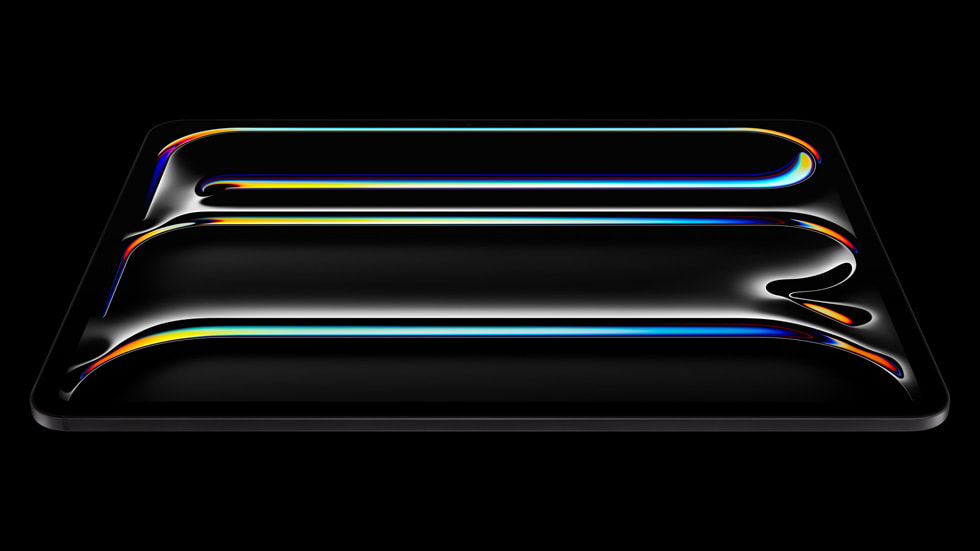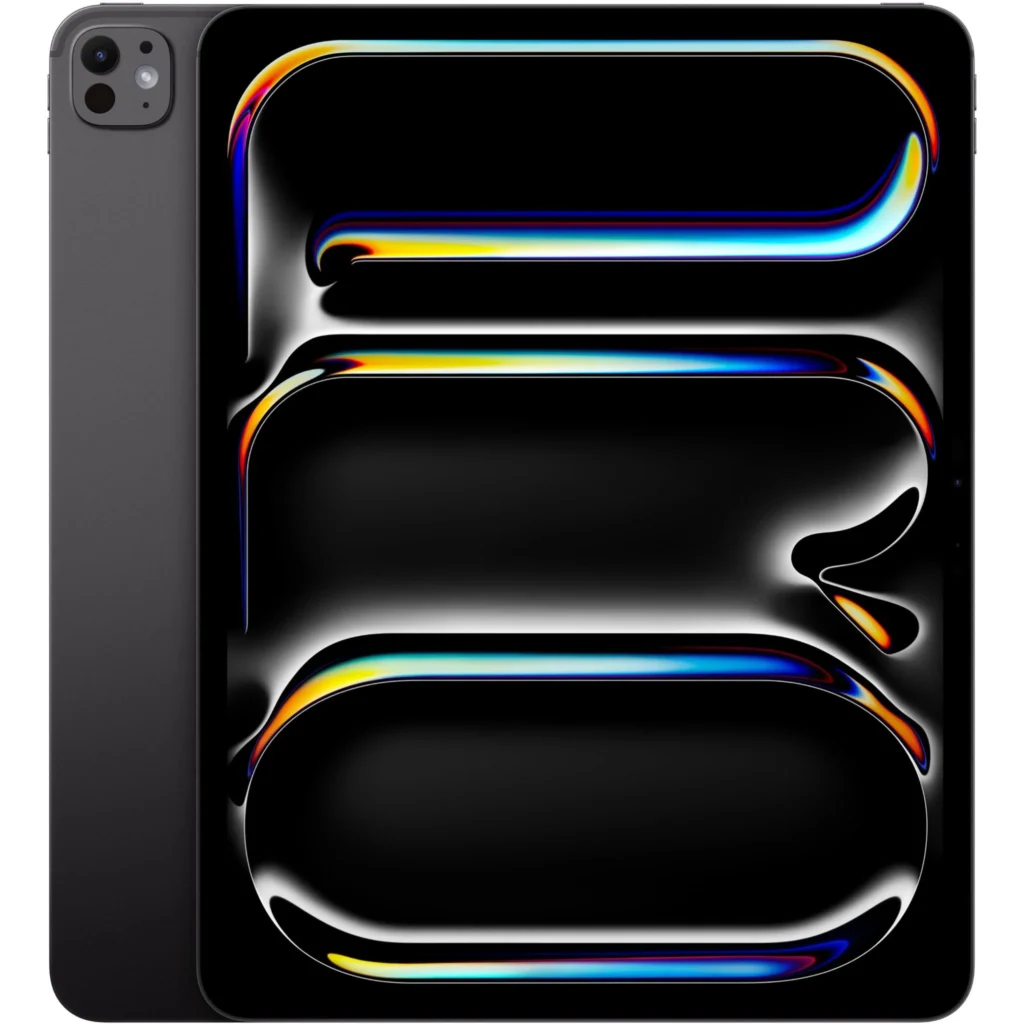Introduction
Apple’s latest unveiling of the M4 iPad Pro models has captured attention not just for their technological advancements but also for the continuous trend of incremental upgrades that the series seems to embody. With the introduction of the M4 chip and a new OLED screen technology, these devices promise exceptional performance and display quality.
The real question remains: Can these enhancements translate into meaningful improvements for the user, or do they merely serve as another testament to Apple’s engineering capabilities?
Design and Build
The M4 iPad Pro continues Apple’s legacy of sleek, minimalistic design, pushing the boundaries of thinness. At just 5.1 millimeters for the 13-inch model, it is the thinnest device Apple has ever produced. The aesthetic appeal is undeniable, and the lightweight build makes it remarkably portable.
However, this reduction in thickness raises concerns about the durability of the device, especially considering its price point. The decision to make the device thinner seems driven more by design ethos than by practicality, as most users do not prioritize slimness over functionality and durability in a tablet.
Pros:
- Ultra-thin and lightweight design enhances portability.
- High-quality build typical of Apple products.
Cons:
- Possible durability concerns due to extreme thinness.
- Thinner design does not contribute significantly to user experience improvements.
Display Technology
One of the standout features of the M4 iPad Pro is its OLED display, which offers vibrant colors, deep blacks, and impressive brightness levels. The introduction of a tandem OLED display technology allows for exceptional brightness and contrast, making the visuals stunningly beautiful. With a peak brightness of 1600 nits for HDR content, the display is not only suitable for indoor use but also performs well in bright outdoor environments.
Pros:
- OLED display with excellent contrast and color accuracy.
- High brightness levels make it usable in various lighting conditions.
Cons:
- The high cost of OLED technology increases the overall price of the device.

Performance
Equipped with the new M4 chip, the iPad Pro boasts significant performance enhancements over its predecessors. This chip not only delivers faster processing speeds but also enhances graphical performance, making the iPad Pro a potential replacement for traditional laptops for some users. The efficiency of the M4 chip also means that despite the device’s reduced battery size, it maintains a battery life comparable to the previous models.
Pros:
- M4 chip provides top-tier performance and efficiency.
- Capable of handling complex tasks and high-end apps with ease.
Cons:
- Current iPadOS limitations underutilize the hardware’s full potential.
Software and Compatibility
The M4 iPad Pro runs on iPadOS, which, despite its robustness, has often been criticized for not fully leveraging the hardware capabilities of the iPad Pro series. While the hardware is more than capable of handling advanced tasks, the lack of software optimization and application support that fully utilizes the M4 chip’s capabilities is a significant limitation. The upcoming iPadOS updates are anticipated to address these issues, but as of now, the software feels like it is playing catch-up with the hardware.
Pros:
- Smooth and stable user experience with iPadOS.
- Promised updates could unlock more potential.
Cons:
- Existing software does not fully exploit the hardware’s capabilities.
- Ecosystem limitations restrict the iPad Pro from replacing laptops.

Ecosystem and Accessories
The new iPad Pro supports a range of accessories, including the new Apple Pencil Pro and an updated Magic Keyboard. These accessories are designed to enhance the functionality of the iPad Pro, making it more versatile. However, the proprietary nature of these accessories and their high cost can be a barrier for users looking to expand their iPad’s capabilities.
Pros:
- High-quality, well-integrated accessories like the Apple Pencil Pro and Magic Keyboard.
- Enhanced functionality with new accessory features.
Cons:
- High cost of official accessories.
- Limited compatibility with older iPad models restricts user options.
Summary
The M4 iPad Pro is undoubtedly a technological marvel, showcasing Apple’s commitment to pushing the boundaries of what a tablet can do. Its impressive thinness, powerful new chip, and stunning OLED display set new standards for what users can expect from a high-end tablet. However, the practical benefits of these enhancements are somewhat overshadowed by the high cost and the current limitations of iPadOS.
The device exemplifies the ongoing challenge within the tech industry: balancing innovation with actual user needs. For users who demand the cutting edge of technology and are willing to invest in the ecosystem, the M4 iPad Pro offers a glimpse into the future of tablet computing. Yet, for many, it remains just another beautifully crafted device waiting for software that can truly take advantage of its formidable hardware.
